The Fortifications of Colico
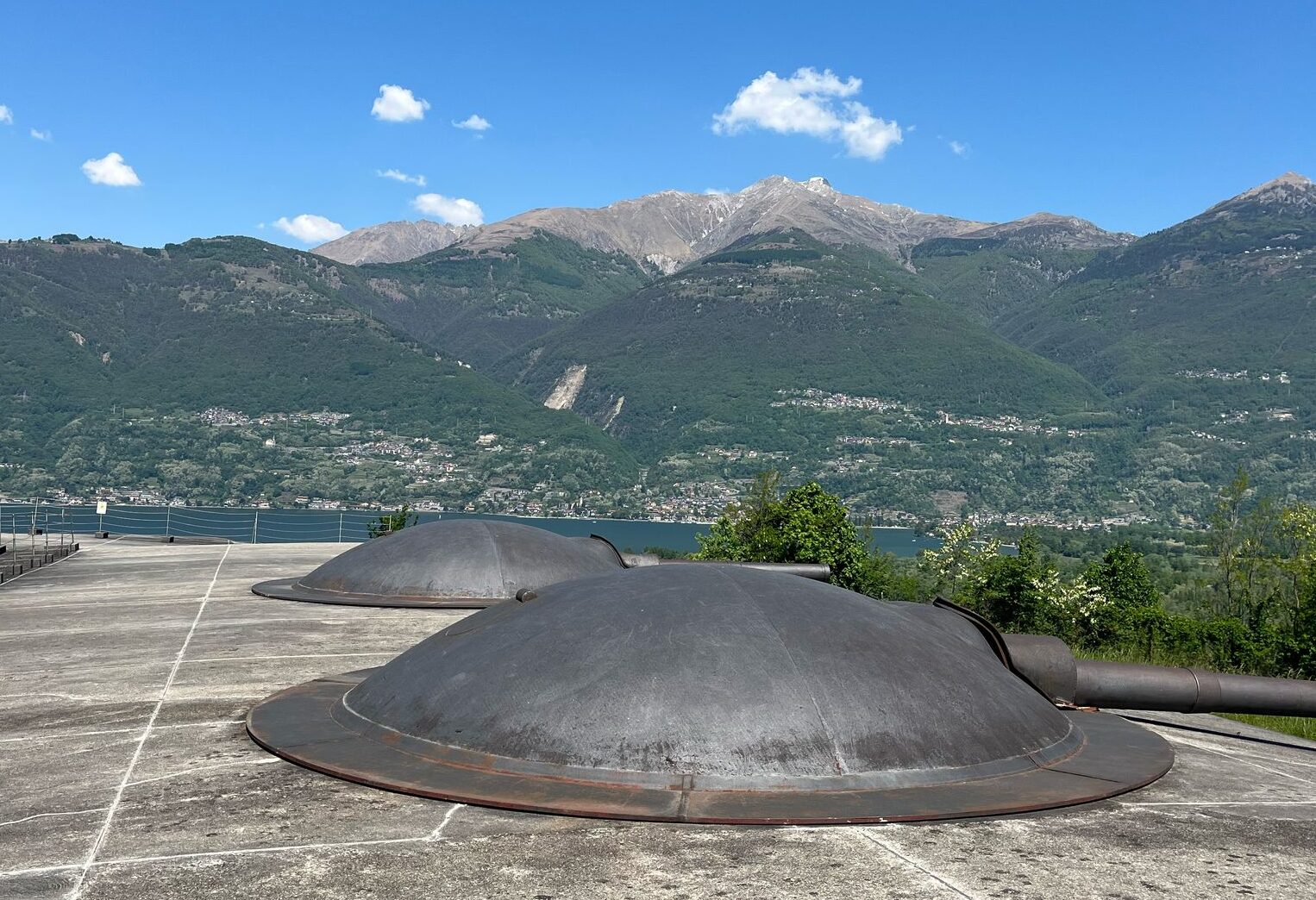
4ATUR 2024-2025
During the first years of World War I (1915-1918), the Italian High Command , guided by General Luigi Cadorna, was worried that the Austro-Hungarian troops would exploit the Rhine valley, the Spluga pass, the Maloja pass or other alpine passes to invade Lombardy.
This brought about the decision of building a defensive line that would follow the entire occidental alpine arch, from the Valle d’Ossola to Valcamonica, passing by Lake Maggiore, Lake Como and Valtellina.
The Cadorna Line included permanent fortifications often disguised with the landscape, trenches and roads carved in the rocks or reinforced with rocks and wood, military roads for the transport of troops, artillery and food, an artillery courtyard for medium sized cannons that pointed to the strategic valleys and guards and signal posts often visibly connected.
Not all the structures were armed: many of them were ready to be used only in case of invasion.
The line extended for more than 300 km, passing by the following areas:
Val d’Ossola, Val Vigezzo, Val Cannobina, Lake Maggiore ( the Piedmontese and Lombard banks), Lake Como ( Colico and Alto Lario), Valtellina and Valcamonica.
Most of these structures are still visible today, often immersed in the woods or along mountain ridges.
The Tower of Fontanedo, located in Colico, dates back to the thirteenth century and it was part of a middle age defensive system. It had previously been built in a strategic position to control the movements along the Regina Road and the Adda’s valley. It was meant as an overlooking and defense spot during the frequent conflicts between powerful aristocratic families such as Visconti and Grigioni.
It was made in stone and was 15 meters tall and nowadays it represents a well conserved historical structure, surrounded by nature which offers a panoramic view on Lake Como.
Other structures that are part of this defensive system are the North Fort Montecchio and Fort Fuentes.
North Montecchio Fort is the only fortress in Italy that still has the original armament.
It was used only once in 1945 against the Italian-German retreat troops.
The visit allows to admire the four Schneider cannons and discover the cutting-edge and the technical solutions of that era.
The highlight of the visit is the amazing view on the top of the fortress: there you can see Lake Como, Pian di Spagna and Mount Legnone.
An experience between history and nature you shouldn’t miss!
The Fortress of Forte Fuentes was constructed under the power of the count Pedro Enriquez Acevedo, in order to provide defense to the Italian border the Republic of the 3 Grigie that used to hold Valtellina and Valchiavenna’s territories.
Now, it is widely considered as one of the most important historical attractions in Colico.
Author
quicketjosee.aviblah2@isgparinilecco.edu.it
Related Posts
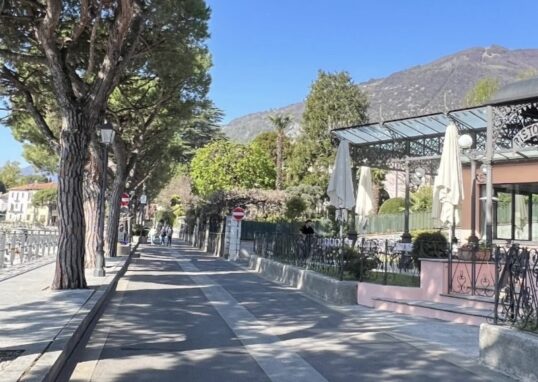
LENNO
3Atur 2024-2025 Lenno is an amazing village situated on the western shore of lake Como in the town of Tremezzina. It’s a...
Villa Balbianello: The structure
3A TUR 2024/25 The Villa Villa delBalbianello is a historic 18th-century residence overlooking Lake Como (Tremezzo), built by Cardinal Durini of Milan.The...
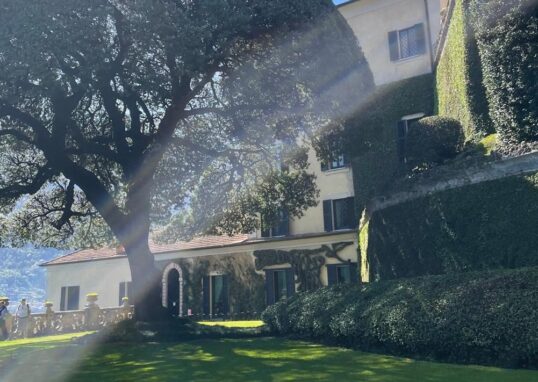
The park of Villa Balbianello
3Atur 2024/25 Villa Balbianello Park is a stunning place, sitting on a wooded hill and offering breathtaking views of Lake Como. It...

The life of Guido Monzino
3Atur 2024/2025 Guido Monzino was born in Milan in 1928. His father was Franco Monzino, known for founding the Standa supermarkets. But...
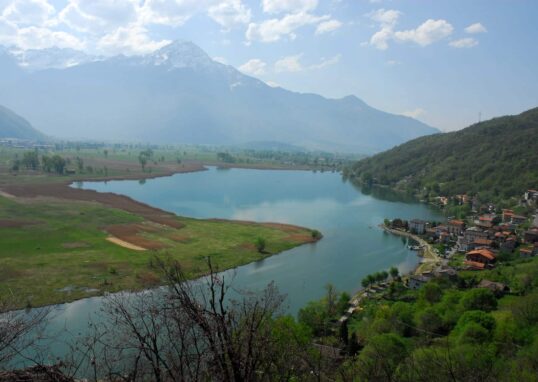
PIAN DI SPAGNA
Introduction: Pian di Spagna Natural Reserve is a protected area located in the town of Sorico and Gera Lario, in the Como...
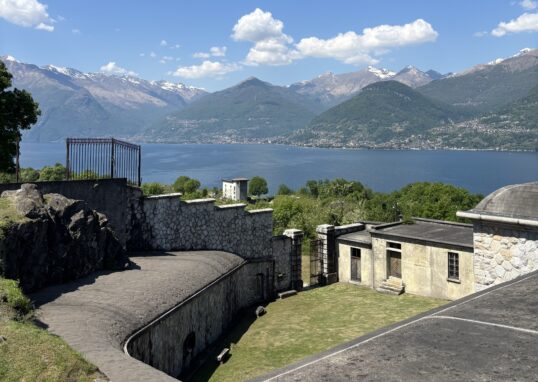
FORTE MONTECCHIO – COLICO
4A TUR 2024 – 2025 Fort Montecchio Nord, located in Colico, is one of the few military forts from the First World...